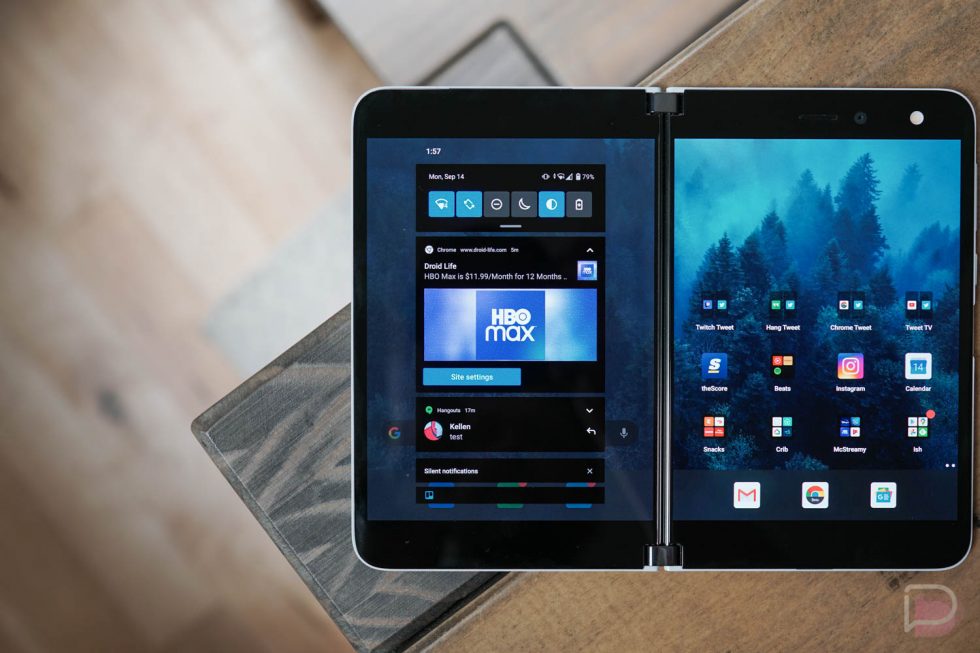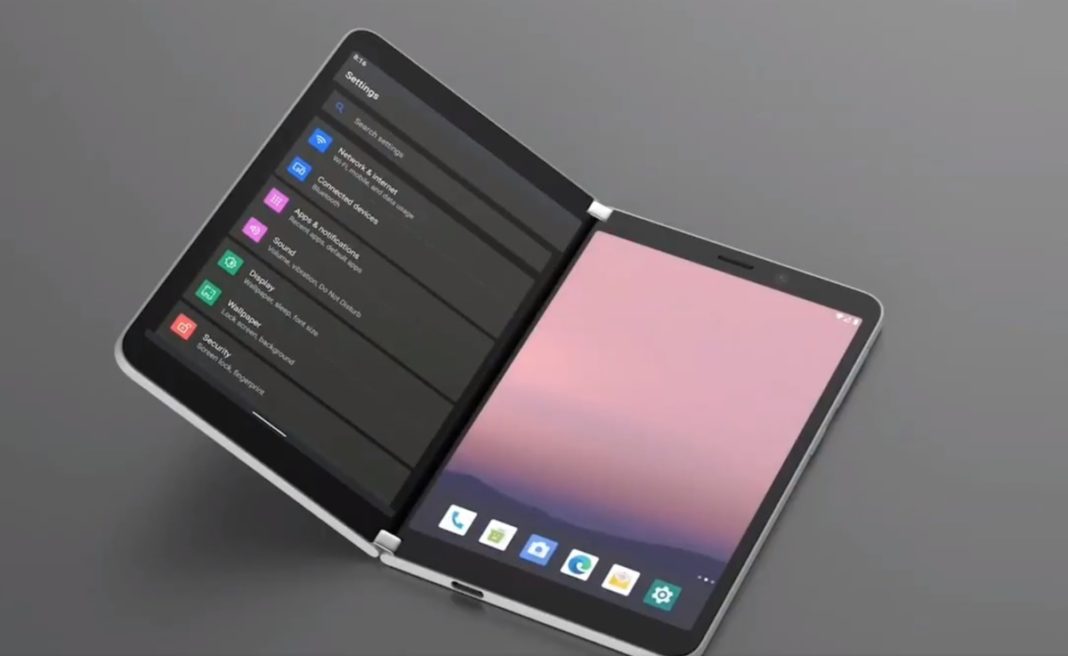
(Scanning something like Twitter or Slack is helpful, but multitasking with keyboard input can get weird.) And if the dual screen stuff gets frustrating, well, it can be folded over and used as a single-screen phone. The bonus screen can come in handy as an extra help at times, although I found I needed it less than I'd expected. It can stand up at multiple angles, which normal phones can't do. There are some things the Duo does do well: Its feel and shape are compelling. In particular, the sense of flow that the Duo aspires to - that feel of things working well together, the device not getting in the way - hasn't been there for me.

My time using the Surface Duo has been a rough ride through what feels like not-fully-baked software, and so far it most definitely has not convinced me of the value of dual screens. But if only the experience was as good on the inside. While I've never found dual-screen phones appealing, the Surface Duo arrived promising a well-thought-out argument for being useful.įrom the outside it looked promising. (And yes, it's a real phone with aĪnd everything.) And it costs $1,400 (about £1,070 or AU$1,960).

The Microsoft Surface Duo seems at first like the perfect little device for this new work-from-home world.


 0 kommentar(er)
0 kommentar(er)
